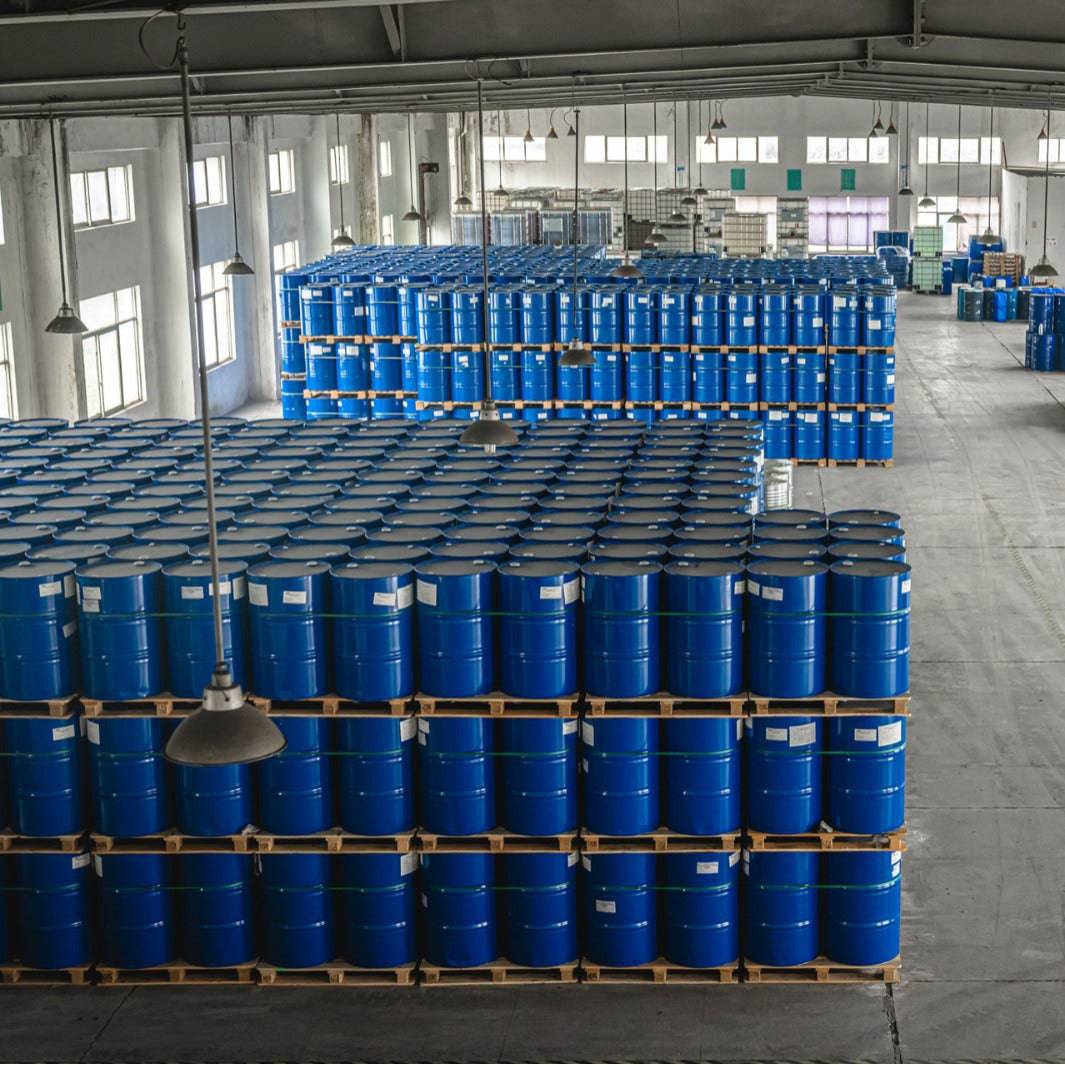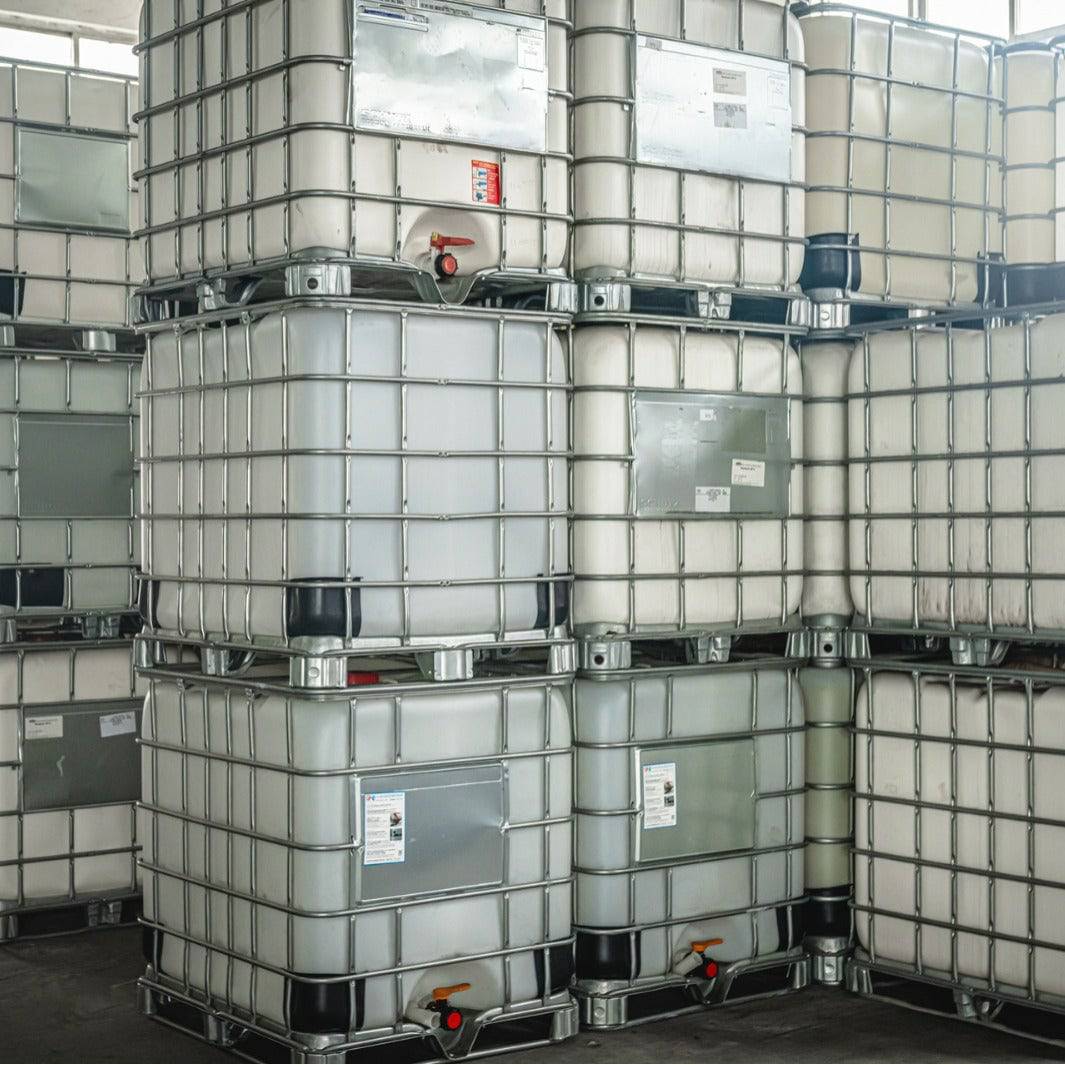Rumored Buzz on Chemie
Rumored Buzz on Chemie
Blog Article
The Facts About Chemie Revealed
Table of ContentsThings about ChemieChemie Things To Know Before You BuyLittle Known Questions About Chemie.Not known Facts About ChemieThe Ultimate Guide To ChemieChemie Fundamentals Explained
(https://chemie-48856033.hubspotpagebuilder.com/blog/revolutionizing-cooling-solutions-with-chemies-advanced-fluids)Measured change in electrical conductivity of fluid examples as a function of time when stirred with the material sample in the closed indirect cooling loop experiment. Number 6 shows the change in the gauged electrical conductivity of the liquid examples when mixed with the resin sample. The conductivity of the water example from the closed loop experiment decreased by roughly 70% from 11.77 S/cm to 3.32 S/cm in 6 hours.These results showed that the ability of the material relies on the examination fluid used for the experiment. This reveals that various ions present in the liquid will result in different ion exchange capability of the fluid. Therefore, determining the ion exchange resin capability with the fluid sample from the actual cooling loop is necessary.
The Buzz on Chemie
An ion exchange resin cartridge including 20g of Dowex mixed bed resin may take on order 938 days to fill - therminol & dowtherm alternative. To put it simply, to preserve a low electrical conductivity, a material cartridge with the measurement and weight requirements as that of the material cartridge made use of in the experiment, require to be transformed every 30 months for the cooling system that was made use of in the experiment
The cooling of electronic parts has actually come to be a major obstacle in recent times because of the advancements in the style of faster and smaller parts. Consequently, various cooling modern technologies have actually been established to efficiently eliminate the warm from these parts [1, 2] Using a liquid coolant has actually ended up being attractive due to the higher warm transfer coefficient attained as compared to air-cooling.
Little Known Facts About Chemie.
A single phase air conditioning loop is composed of a pump, a warm exchanger (cool plate/mini- or micro-channels), and a warmth sink (radiator with a follower or a liquid-to-liquid warm exchanger with cooled water air conditioning). The warm resource in the electronic devices system is attached to the heat exchanger.
The requirements may differ depending upon the kind of application. Following is a checklist of some general requirements: Good thermo-physical residential properties (high thermal conductivity and details warmth; reduced viscosity; high hidden warmth of dissipation for two-phase application) Low freezing point and burst point (often burst protection at -40 C or lower is required for shipping and/or storage functions) High climatic boiling factor (or low vapor pressure at the operating temperature level) for single phase system; a narrow wanted boiling factor for a two-phase system Great chemical and thermal stability for the life of the electronic devices system High flash factor and auto-ignition temperature (in some cases non-combustibility is a need) Non-corrosive to products of construction (steels in addition to polymers and various other non-metals) No or very little regulative constraints (ecologically pleasant, nontoxic, and perhaps biodegradable) Affordable The ideal electronic devices coolant is an inexpensive and safe fluid with superb thermo-physical homes and a lengthy solution life.
Some Known Details About Chemie
Most of these liquids have a non-discernible smell and are nontoxic in situation of contact with skin or consumption. As stated previously, aliphatic PAO-based fluids have actually changed the silicate-ester fluids in a range of army electronic devices (and avionics) cooling applications in the last decade. One more course of preferred coolant chemistry is dimethyl- and methyl phenyl-poly (siloxane) or generally understood as silicone oil.
Of all, these fluids are non-combustible and non-toxic. Some fluorinated compounds have absolutely no ozone diminishing potential and other environmental properties.
This coolant is categorized as hazardous and must be handled and disposed of with treatment. The top quality of water utilized for the preparation of a glycol solution is very important for the system.
A Biased View of Chemie

This is a reduced expense antifreeze option, discovering use in refrigeration solutions and ground resource heat pumps - immersion cooling liquid. This fluid can be used down to -40 C owing to its relatively high rate of warm transfer in this temperature array.
It is taken into consideration more harmful than ethylene glycol and consequently has actually found use only for process applications located outdoors. Methanol is a combustible fluid and, as such, introduces a prospective fire threat where it is kept, dealt with, or made use of.
What Does Chemie Do?
As a flammable liquid, it calls for specific preventative measures for handling and storage space. Aqueous remedies of calcium chloride discover vast usage as flowing coolants in food plants. It is non-flammable, safe and thermally a lot more effective than the glycol remedies. A 29% (by wt.) calcium chloride solution has a freezing point listed below -40 C.

Report this page